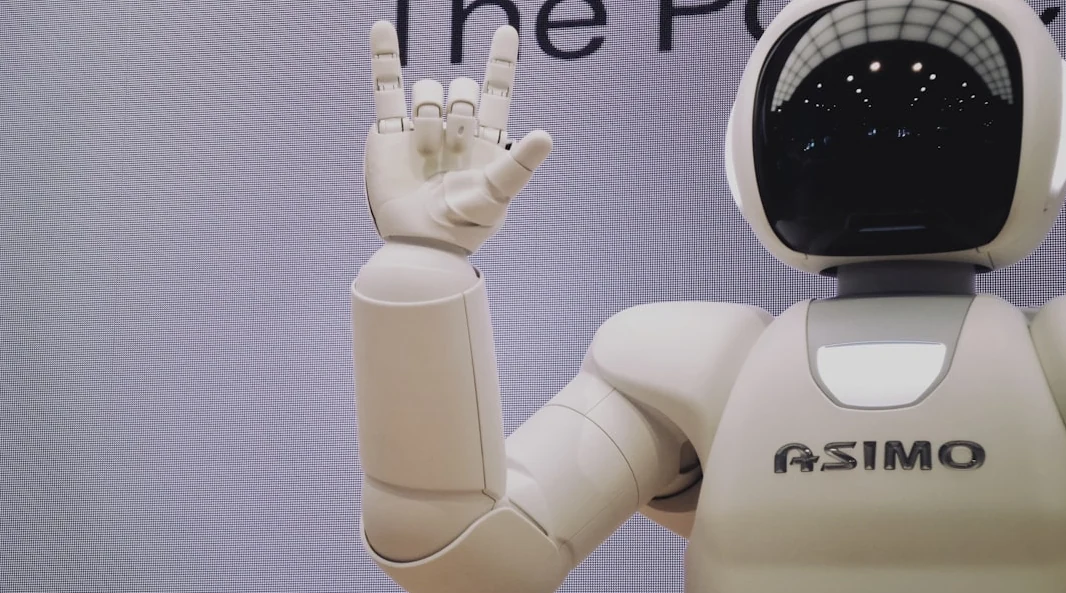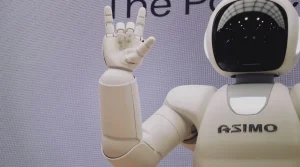Breaking the Robot Barrier: Techniques for Converting AI-Generated Content to Human-Like Writing
Breaking the Robot Barrier: Techniques for Converting AI-Generated Content to Human-Like Writing
Did you know that 68% of readers can instinctively tell when content feels “robotic” within the first few sentences? In our AI-driven world, the challenge isn’t just generating content—it’s creating writing that genuinely connects with human readers. Whether you’re a content creator, marketer, or business owner, mastering the art of humanizing AI-generated text has become an essential skill for success.
The rise of artificial intelligence in content creation has revolutionized how we produce written material. However, there’s a crucial gap between what AI can generate and what readers actually want to consume. Raw AI output often lacks the nuanced voice, emotional resonance, and authentic personality that makes content truly engaging.
Understanding the Robot Writing Problem
AI-generated content typically exhibits certain telltale characteristics that immediately signal its artificial origin. These robotic patterns include overly formal language, repetitive sentence structures, and a lack of personal perspective or emotional depth.
Common Signs of Robotic Writing
- Excessive formality: Using unnecessarily complex vocabulary when simple words would suffice
- Pattern repetition: Following predictable sentence structures throughout the entire piece
- Emotional detachment: Lacking personal opinions, experiences, or emotional connections
- Generic examples: Using overused analogies or examples that feel disconnected from real experience
- Mechanical transitions: Relying on formulaic phrases to connect ideas
The Human Touch: Essential Transformation Techniques
Converting robotic text into human-like writing requires strategic intervention at multiple levels. The goal isn’t to completely rewrite AI content, but rather to infuse it with authenticity and personality that resonates with your target audience.
1. Inject Personal Voice and Perspective
The most effective way to humanize AI content is by adding your unique perspective and voice. This doesn’t mean inserting random personal anecdotes, but rather filtering the information through your experience and viewpoint.
Before: “Content marketing is an effective strategy for businesses to attract customers.”
After: “I’ve watched countless businesses transform their customer relationships through strategic content marketing—and the results never cease to amaze me.”
2. Vary Sentence Structure and Length
Human writers naturally vary their sentence patterns, creating a rhythm that keeps readers engaged. AI often falls into predictable patterns that feel monotonous.
- Mix short, punchy sentences with longer, more complex ones
- Use occasional sentence fragments for emphasis
- Incorporate questions to engage readers directly
- Experiment with different opening words and phrases
Advanced Humanization Strategies
The Power of Specific Details
Generic statements scream “AI-generated.” Replace broad generalizations with specific, concrete details that demonstrate real understanding and experience. Instead of saying “many businesses,” specify “73% of SaaS companies” or “three out of five restaurants in downtown Seattle.”
Emotional Intelligence Integration
Humans make decisions based on emotions, then justify them with logic. Your content should acknowledge this reality by addressing both the emotional and rational aspects of your topic.
Consider this transformation: AI might write, “Implementing this strategy will improve efficiency.” A human approach would be, “You’ll finally stop feeling overwhelmed by your daily tasks—and your team will thank you for it.”
Conversational Elements
Incorporate elements that mirror natural conversation:
- Direct addresses to the reader (“you,” “your”)
- Rhetorical questions that prompt reflection
- Casual interjections and asides
- Acknowledgment of different perspectives
- Admission of limitations or uncertainties
The Editing and Refinement Process
Effective humanization happens in layers. Your first pass should focus on major structural issues, while subsequent edits address increasingly subtle elements of voice and style.
First Pass: Structure and Flow
Examine the overall organization and logical progression. Does the content flow naturally from one idea to the next? Are there awkward transitions or gaps in reasoning that need addressing?
Second Pass: Voice and Tone
This is where you inject personality. Read each paragraph aloud—does it sound like something a real person would say? If not, rework it until it feels natural and authentic.
Final Pass: Polish and Personality
Focus on the small details that make writing feel human: word choice variety, subtle humor, personal observations, and the occasional imperfection that shows authentic humanity.
Common Pitfalls to Avoid
While transforming AI content, be aware of these frequent mistakes that can undermine your efforts:
- Over-casualization: Making content too informal for your audience or context
- Forced personality: Inserting humor or personal elements that don’t fit naturally
- Inconsistent voice: Switching between different tones or perspectives within the same piece
- Neglecting your audience: Failing to consider who will actually read your content
Key Takeaways
Successfully humanizing AI-generated content requires a strategic approach that goes beyond simple editing. The most effective transformations happen when you understand both the limitations of AI writing and the expectations of human readers.
Remember that authenticity can’t be faked—it must be cultivated through genuine understanding of your topic and your audience. The techniques outlined here provide a framework, but your unique perspective and experience are what will ultimately make your content stand out.
Start with small changes and gradually develop your instincts for what makes writing feel genuinely human. With practice, you’ll develop an intuitive sense for transforming robotic text into engaging, authentic content that truly connects with your readers.
The future belongs to creators who can harness AI’s efficiency while maintaining the irreplaceable human elements that make content truly compelling. Master these techniques, and you’ll have a significant advantage in our increasingly AI-driven content landscape.








